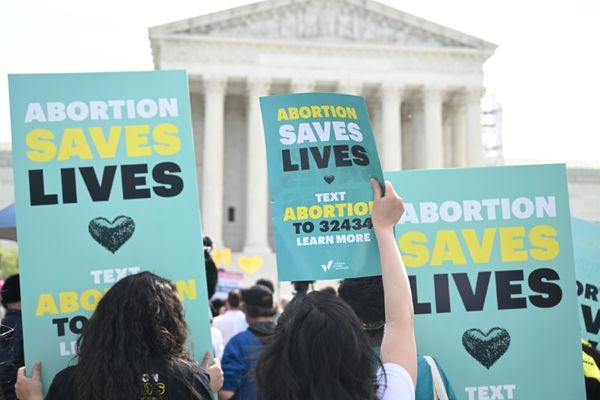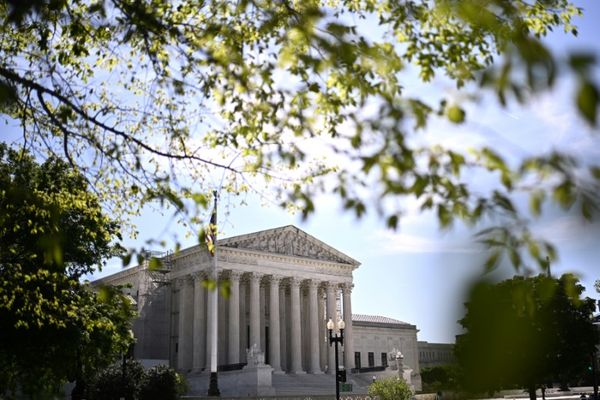
Inflows into small savings schemes, run largely by the post office, have been rising year on year. In 2013-14, gross inflows stood at ₹2.08 trillion. They rose to ₹4.88 trillion by 2017-18. In 2021-22, the last financial year, these inflows were at ₹8.78 trillion. Interestingly, the most robust inflows into these schemes were from West Bengal, at ₹1.26 trillion in 2021-22.
In 2013-14, gross inflows stood at 1.9% of gross domestic product (GDP). By 2021-22, it had almost doubled to 3.7%. GDP is a measure of the size of an economy during a particular period.
Why has this happened? Over the years, the interest rates offered on term deposits like fixed deposits and recurring deposits have fallen. In 2013-14, the interest rates on term deposits of more than one year varied from 8% to 9.25%. In 2021-22, they had fallen to 5-5.6%. The interest offered on savings account deposits used to be 4% earlier. It has since come down.
In this environment, interest rates on small savings schemes haven’t fallen at the same pace, pushing people towards them. This is an unintended consequence of lower overall interest rates in the economy. Of course, a tax deduction available on many of these schemes and the fact that they are backed by the government make them attractive investments in their own way.
Typically, any investment scheme that promises a certain amount of return invests its funds somewhere to be able to generate returns higher than those promised. Our small savings schemes operate differently.
The receipts during a particular year are used to pay off redemptions due during that year. Whatever is left goes directly into the central government’s budget and helps finance the fiscal deficit. Basically, the government doesn’t finance the fiscal deficit only through the sale of government bonds, it also uses the money coming into small savings schemes.
The money coming in now will have to be repaid in the years to come. And that will happen smoothly so long as the money coming into these schemes at any point of time is higher than the redemptions due during that year.
One way to ensure that is to continue fixing the interest rates offered on these schemes at levels higher than what’s paid on term deposits, so they remain attractive investment propositions.
If the money coming into these schemes in a given year is lower than the redemptions due during that year, then the government will have to allocate money from its budget and that will have its own share of repercussions. As per the public debt report of March 2022, the total outstanding liabilities of the central government when it came to small savings schemes stood at ₹18.8 trillion, up from ₹16.3 trillion as of December 2021. This will have to be repaid in the years to come by using fresh inflows into these schemes.
While the outstanding liabilities of small savings schemes have been growing, so has government borrowing through the issuance of bonds. Of course, higher borrowing means that the government has to pay a higher interest in order to service these bonds. In 2014-15, the total interest paid by the government stood at ₹3.27 trillion or 2.6% of GDP. By 2021-22, this had jumped to ₹7.31 trillion or 3.1% of the GDP. Earlier, 36.1% of the government’s net tax revenue went into paying this interest. It has since jumped to 40.1%.
When a greater proportion of taxes is used to pay interest on past debt, it leaves less money for other government spending. In this scenario, it is hardly surprising that the government has had to think of newer ways of financing its spending. One of them has been an increase in excise duty on petrol and diesel, pushing up the excise duty earned on petroleum products from ₹99,068 crore in 2014-15 to ₹3.63 trillion in 2021-22. Recently, more goods and services were brought under the ambit of the goods and services tax, including pre-packed, labelled food items like atta, paneer and curd, and hospital rooms with rent above ₹5,000.
To conclude, in a response to a question raised in the Lok Sabha, the ministry of home affairs said that in 2021, 163,370 individuals renounced Indian citizenship. Over the last three years, the number of citizens who have renounced Indian citizenship stands at 392,643 individuals. A question raised in the Lok Sabha asked the finance ministry to share details on the “number of Indian High Net Worth Individuals who have left the country and taken citizenship elsewhere since 2019." To this, the ministry said: “No classification by expression ‘High Net Worth’ (HNW) can be made in the absence of its definition in the Income-tax Act, 1961."
That being true, poor people do not leave the country and take up legal citizenship elsewhere. Only the rich do so. This outward movement will have some impact on the country’s personal income tax collections, given that a bulk of the tax collected is paid by very few individuals at the top.
All in all, things are not looking good on the fiscal front.
Vivek Kaul is the author of ‘Bad Money’.







